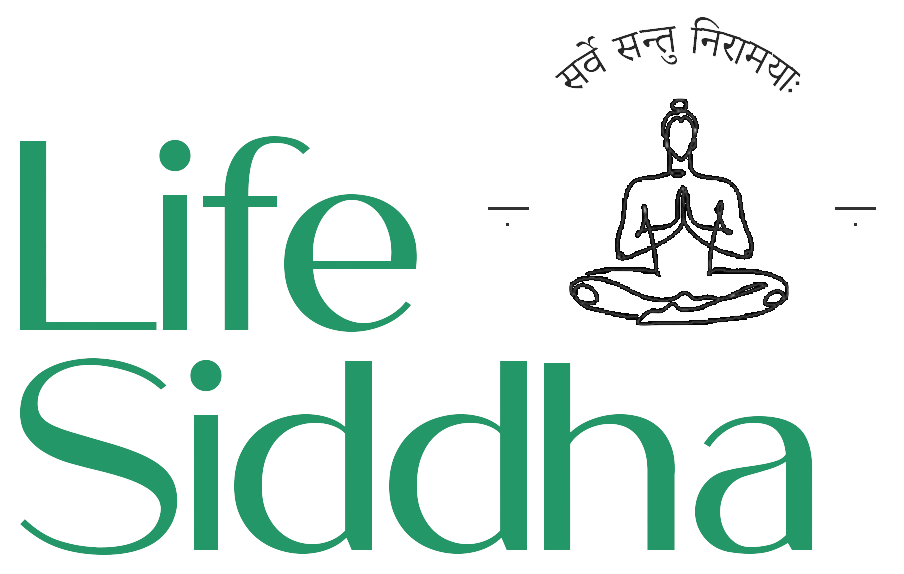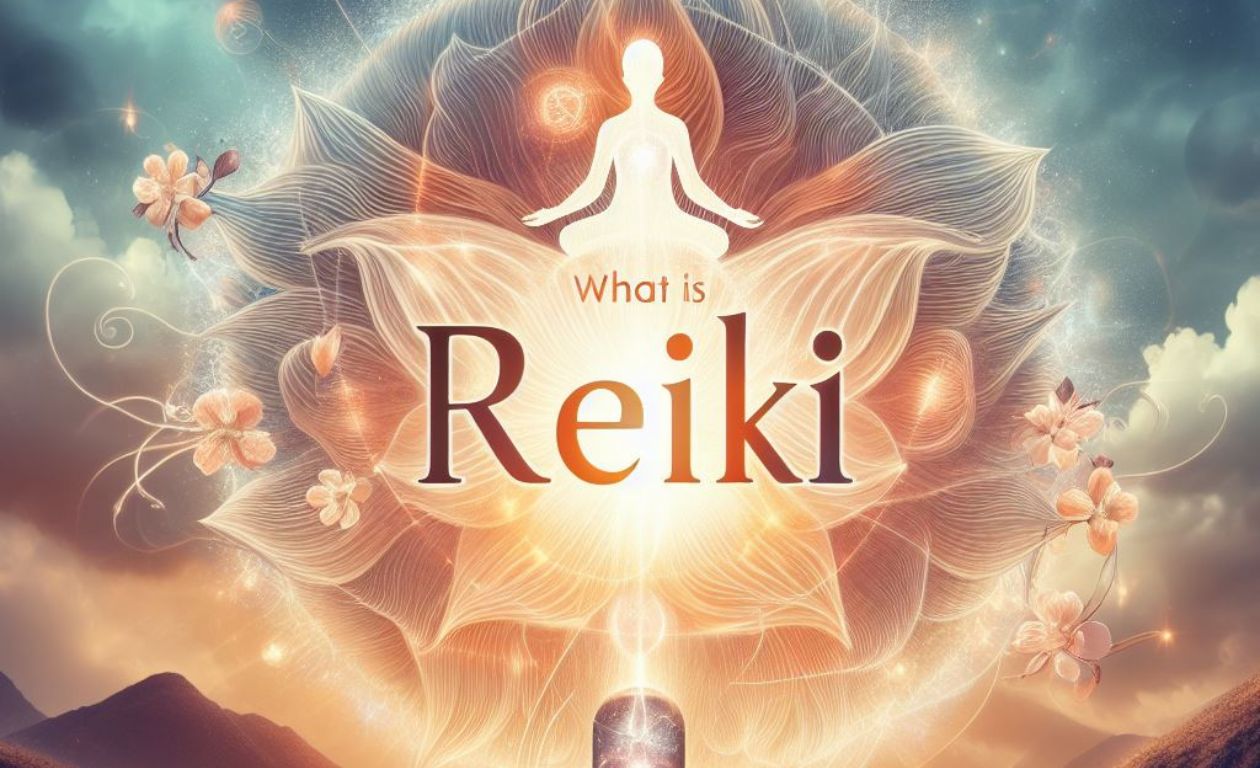Welcome to the realm of Reiki healing, a holistic practice that transcends time. In the midst of our contemporary pursuit of well-being, Reiki’s popularity has surged, drawing seekers towards its profound embrace. This ancient technique harnesses universal energy to harmonize mind, body, and spirit. As we navigate the complexities of modern life, Reiki’s relevance gleams brightly, offering a path to inner equilibrium. Join us on a journey to uncover the depths of Reiki’s healing touch and explore how this timeless practice resonates profoundly in our fast-evolving world.
Reiki Healing
Reiki, a Japanese term meaning “universal life energy,” is a therapeutic practice rooted in ancient wisdom. Originating in the early 20th century, Reiki was developed by Mikao Usui as a holistic approach to healing. At its core lies the belief in the existence of life force energy – known as “ki” in Japanese or “chi” in Chinese – that flows through all living beings.
Reiki healing revolves around the principle that disruptions or imbalances in this energy can lead to physical, emotional, or spiritual distress. Practitioners, acting as conduits, channel this energy through their hands to the recipient, promoting the restoration of balance and vitality. By enhancing the free flow of energy, Reiki aims to alleviate stress, enhance relaxation, and support the body’s innate ability to heal itself. This practice beckons us to explore the interconnectedness of energy and well-being, offering a unique lens through which to perceive the intricacies of our existence.
Principles of Reiki: Navigating Energy and Intent for Wellness
- Guiding Gokai: Reiki’s core lies in the Five Reiki Principles (Gokai), serving as guiding lights for practitioners and recipients, transcending Reiki sessions to infuse daily life. These principles emphasize compassion, gratitude, and mindfulness, fostering a positive mindset essential for overall well-being.
- Positive Energy Embrace: Reiki underscores the energy within thoughts, emphasizing the power of positivity and intention, aligning with modern beliefs about mental influence on overall health. This positive energy not only enhances emotional stability but also boosts the immune system, promoting physical health.
- Mindful Channeling: Mindfulness is pivotal; practitioners cultivate focused awareness, enabling effective energy channeling, creating a foundation for Reiki’s efficacy. By staying present in the moment, Reiki practitioners facilitate a deep sense of relaxation, reducing stress and promoting mental clarity.
- Harmonizing Exchange: The synergy of intention and mindfulness facilitates an energetic exchange that promotes harmony, relaxation, and healing, benefitting both giver and receiver. This harmonizing energy flow aligns the body’s chakras, promoting physical and mental equilibrium.
- Inner-External Nexus: Reiki explores the profound connection between inner states and the external world, guiding a transformative journey towards holistic wellness through alignment of inner harmony with external balance. By fostering this inner-external balance, individuals experience enhanced emotional resilience, improved relationships, and a deeper sense of purpose in life.
How Reiki Healing Works: Channeling Energy for Balance
A Reiki practitioner acts as a conduit, tapping into the universal life force energy and directing it toward the recipient. The practitioner’s hands become vessels through which energy flows, promoting a sense of tranquility and healing.
During a Reiki session, specific hand positions are used to access and transmit energy to different parts of the recipient’s body. This gentle touch aids in releasing energy blockages, fostering relaxation, and encouraging the body’s natural healing mechanisms.
Central to Reiki’s approach is the concept of chakras – energy centers aligned along the body’s spine. Reiki helps in chakra alignment by infusing energy into these centers, promoting harmonious energy flow. When the chakras are balanced, it can lead to enhanced well-being on physical, emotional, and spiritual levels.
Reiki’s touch is more than physical; it’s a dance of energy, a nurturing current that awakens the body’s innate ability to find equilibrium and healing.
Benefits of Reiki Healing: Nurturing Wholeness on Every Level
- Reiki’s embrace extends across the spectrum of well-being, enhancing mental, emotional, and physical states. As stress becomes a modern epidemic, Reiki offers a sanctuary of serenity. Its gentle touch aids in stress reduction, inducing deep relaxation and creating a soothing balm for frazzled nerves.
- Moreover, Reiki’s impact on emotional well-being is profound. Recipients often report improved mood, reduced anxiety, and enhanced emotional resilience. Studies and personal experiences alike showcase Reiki’s ability to alleviate symptoms of depression and promote a positive outlook.
- On the physical front, Reiki supports the body’s natural healing mechanisms. Pain relief, improved sleep, and boosted immune function are just a few of the benefits reported. As we delve into Reiki’s depths, we encounter a realm where energy and intention converge to nurture a state of holistic balance.
The Reiki Session Experience: Embarking on a Journey of Healing
A typical Reiki healing session unfolds in an atmosphere of tranquility and serenity. The setting is carefully arranged to promote relaxation – soft lighting, soothing music, and a comfortable treatment table set the stage. As the session begins, the practitioner and recipient engage in a brief conversation, ensuring a shared understanding of intentions and concerns.
The recipient remains fully clothed, lying down on the treatment table. The practitioner then gently places their hands on or near various parts of the body, using specific hand positions. The touch is light, non-invasive, and often described as a warm, comforting sensation. The recipient may experience a deep sense of relaxation, calmness, and sometimes even subtle energy movements.
For those approaching their first Reiki session, common questions revolve around what to expect and the efficacy of the practice. It’s important to remember that Reiki’s effects vary from person to person, but many report a profound sense of tranquility, reduced stress, and enhanced well-being. Embrace the experience with an open heart, and you may find yourself embarking on a transformative journey of healing and self-discovery.
Learning Reiki: Unveiling the Path of Self-Healing and Growth
Reiki’s allure isn’t limited to receiving its soothing touch – it beckons individuals to become conduits of healing themselves. Learning Reiki opens a gateway to self-discovery and empowerment.
Through Reiki attunements, aspiring practitioners receive a unique energetic initiation, connecting them to the flow of healing energy. Reiki training typically consists of different levels – Reiki I, II, and the Master/Teacher level. Each level deepens the practitioner’s connection to Reiki energy and introduces new techniques.
Reiki’s versatility extends beyond personal healing; many choose to incorporate it into their professional lives or share its benefits informally with family and friends. As one progresses in their Reiki journey, the practice’s potential for growth and impact expands. Learning Reiki isn’t just about acquiring skills; it’s about embracing a transformative path that fosters self-healing, compassion, and a deeper connection to the flow of life energy.
Reiki and Modern Medicine: Bridging Holistic Healing
The landscape of healing is evolving, with Reiki gracefully finding its place alongside conventional medical practices. Reiki’s gentle approach complements modern medicine, offering a holistic dimension to healing journeys.
Numerous cases showcase Reiki’s role as a complementary therapy. It doesn’t replace medical treatments, but rather enhances overall well-being. Patients undergoing surgeries or managing chronic conditions often report reduced anxiety, pain relief, and accelerated recovery when Reiki is integrated into their care.
Open communication with healthcare providers is paramount. Sharing your interest in Reiki ensures a collaborative approach to your well-being. Some medical centers even offer Reiki as part of their wellness programs.
As the realms of science and spirituality converge, Reiki’s integration with modern medicine illuminates a future where diverse healing modalities coexist, nurturing the whole person – mind, body, and spirit.
Exploring Different Reiki Techniques: Pathways to Healing Diversity
- Foundational Forms: Reiki expands into diverse techniques, each with its unique essence. Usui Reiki, the traditional form, focuses on channeling life energy for holistic balance. Karuna Reiki delves into emotional healing, emphasizing compassion and release, while Tibetan Reiki utilizes ancient symbols and rituals for spiritual growth.
- Unique Approaches: These techniques vary in symbols, attunements, and practices, catering to diverse needs. Usui Reiki suits general healing, Karuna Reiki aids emotional release, and Tibetan Reiki promotes spiritual evolution. The choice hinges on your intentions, guiding you toward the most fitting approach.
- Essence of Healing: Despite differences, all techniques share a common thread rooted in healing and transformation. Their essence remains constant, offering paths to profound self-discovery. Each technique serves as a conduit, leading to a life imbued with the radiant energy of healing and growth.
- Personal Resonance: Delving into Reiki’s world invites introspection. Consider which technique aligns with your personal journey. The choice holds the potential for transformative self-realization, paving the way for a life enriched by the luminous energy of healing and personal evolution.
Conclusion:
Reiki’s gentle touch offers a journey towards holistic well-being, uniting mind, body, and soul. From stress reduction and emotional healing to physical restoration, its benefits are diverse and transformative. As you navigate life’s intricate tapestry, consider exploring the world of Reiki – a realm where energy flows to mend, uplift, and align. Embrace this path to balance and self-discovery. Whether through experiencing a Reiki session or delving into its practice, the possibilities for growth and healing are boundless. Embrace Reiki’s embrace and embark on a voyage towards profound equilibrium and lasting vitality.





